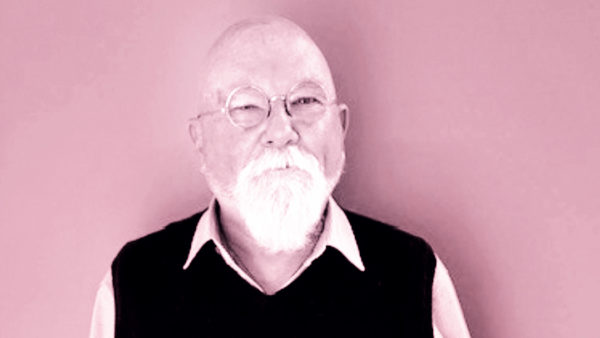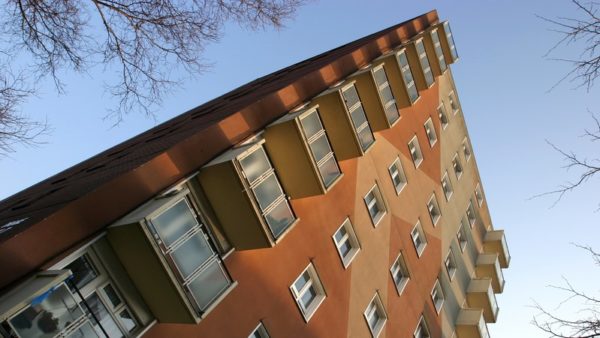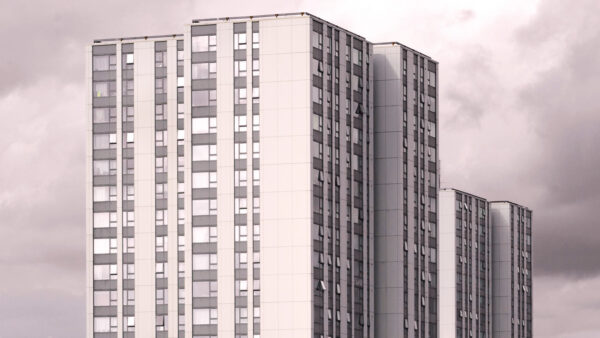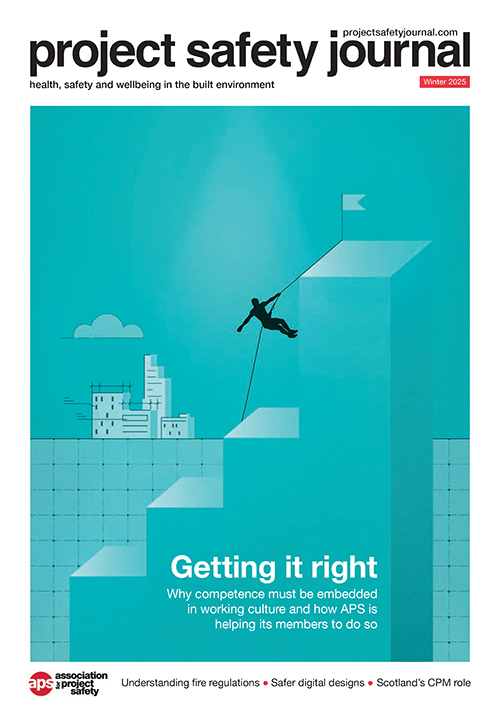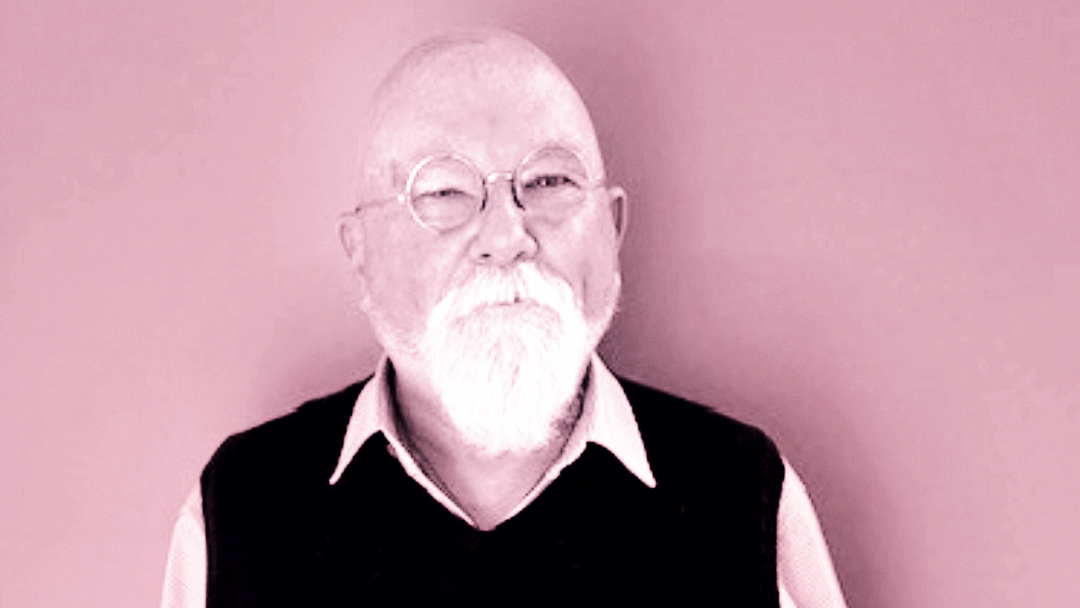
As APS looks back over 30 years, it is time to face up to the next 30. We need to address the issues that are preventing the industry from collaborating effectively to create a safer built environment, says Andrew Leslie.
Welcome to PSJ summer 2025. For a month or so I have been seriously thinking about how to effect cultural change in an environment where partisan pressures seem to take precedence.
2017. A complacent and ambivalent construction industry led by the old guard, the older generation of professional and trade bodies crash landed into reality. Disaster – on a huge human scale. Having avoided major incidents arguably since Ronan Point, the combined efforts of an allegedly incompetent and disparate assembly of construction and trade professionals and their clients conspired to create a disaster and multiple losses of life.
Ring a bell? The human condition is confrontational and warlike. But at the same time human nature is lazy and opportunist. Take the easy way. Cut corners, Buy cheap.
Time for change
APS has just enjoyed a celebration of 30 years contributing to the management of design and construction risk in the built environment and has come a long way in that time. So, what of the next 30 years? Where is APS heading as we enter the age of artificial intelligence? Will AI be a support to the intelligent (read here competent à la Bloom’s upper levels) or a crutch to the less so – those who don’t know what they don’t know but boldly go where no man/woman should go anyway (apologies to JT Kirk). Aye, Cap’n, I hear you mutter.
What is holding us back?
As Dame Judith Hackitt alluded to, eight years ago, now is the time for reform (no, not that one). I’ll come back to Dame Judith. So, what is holding us back? For one thing, the industry is struggling to throw off the shackles of tradition, come out of its silos and enjoy the benefits of collaboration.
There is an infrastructure of departments, agencies and ‘representative forums’ which create an unwieldy and unworkable plethora of committees, subcommittees and working groups, all of whom want to chime in to ‘advise’ on a way forward for an industry now scrambling around for answers to problems of their own creation.
In early May 2025 I attended two functions in London. The rooms were full of literally hundreds of earnest professionals discussing how we could make construction a better, safer, rewarding and welcoming industry. All the conversations I had were around the topics of why is cultural and behavioural change not happening, why post-Grenfell responses are taking so long to implement and why the industry is not working collaboratively.
Not for the first time Dame Judith, speaking at the launch of another competence scheme relating to higher-risk buildings in England, welcomed the development but asked why the industry is so slow to address the competence agenda and effect the cultural change necessary to create a safer built environment.
Why not work together?
I can’t help thinking that the industry is not collaborating effectively and is still rolling out bespoke schemes for their members only. Why not work together? If competence and capability are the headline agenda items, the elephant in the room is human behaviour.
There is no evidence to date to indicate that across the construction industry there has been a cultural shift in behaviours leading to building safety and regulatory compliance at either individual or organisation levels. The silo mentality continues to this day and seems difficult to shift.
APS has already strengthened our senior management team with a view to addressing the issues facing the industry in all four jurisdictions within the UK. As a pan-industry membership organisation, APS has never been in a silo and will continue to work collaboratively with like-minded bodies in industry to address these longstanding issues with a harmonised approach – not just for the benefit of our members, but for the benefit of all those involved in the built environment.
Andrew Leslie is CEO of the Association for Project Safety





